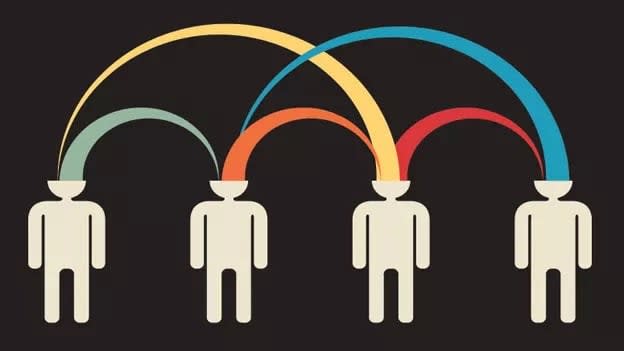The artful manager: Handling difficult conversations

As much as we are moving towards industry 4.0 and data is empowering our decisions on appraisals, promotions, assignments, etc., communicating that decision still requires a human touch. Often, if not always, this is the reporting manager. Managers who succeed in data age will be those that possess the skill set to carry people along, develop them, inspire them to cultivate a culture of high performance.
Conversations like appraisal feedback can have great cost to organizations. They set the tone for the rest of the financial year. The fact that they are mandatory and conducted throughout your organization means that if managers in your organization are not equipped to handle such conversations effectively, there could be a cascading effect. This is, however, just one example. Conversation among peers on resource allocation. Conversations to negotiate salary hikes or changes in responsibilities. Mentoring or inducting new members into teams are all high-impact situations that can alter the performance outcomes in that environment.
How can people communicate in a way by which their colleague not only understands them but are willing to implement the suggestion and collaborate?
Most of the time, managers, employees, or co-workers routinely avoid potentially confrontational and challenging situations. They simply hope that circumstances will work themselves out – which is a very unwise decision to make. Challenging issues frequently become more significant and harder to diffuse if ignored. Rarely do things just go away.
Studies indicate that behaviour changes that result from the more visceral experiences that learners have in an immersive virtual environment may be more tangible and last longer than changes triggered by experiences in other learning modalities.
In a recent webcast by People Matters and Enparadigm, John Cherian, Co-Founder and Executive Director at Enparadigm, shared how technology is transforming behavioural training and simulation-driven solutions can shape the art of handling difficult conversations at work and enhance the managerial impact on performance.
Here is how technology can enhance workplace conversations and employee feedback, which can complement human expertise:
Allows self-learning and self-reflection:
‘What should I say if my manager gives me critical feedback?’ or ‘How do I communicate the performance improvement plan to my employee?’ are some of the thoughts that occur to us while entering into a difficult conversation with our managers or subordinates.
Different people have different approaches to such conversations. Based on the approach of the manager and the employee, the conversation can take many turns. While each person’s approach is different, it is not often that each person gets to try having the same conversation with different approaches and adapt to the most effective style of communication. Technology-driven solutions can allow individuals to experience such scenarios in a safe, virtual environment. Learners can practice difficult conversations by choosing between different approaches and understand the difference it makes to conversation outcomes. This is an environment which is as close to real-life as possible. An environment where the feedback is immediate and where they can see the effects of their behaviour and decisions. Such platforms allow them to reflect on their behaviour and learn to respond during any conversation.
Real conversation scenarios:
A simulation technology offers participants with various business situations they may face at work. It puts them right in the middle of the action - where they think, make choices in difficult conversations, and get real-time responses, from the ‘other person’ within the simulation itself. While other offline trainings like role-plays and mentoring can help prepare for the conversations, most of the time these trainings are biased and often with preconceived notions which the instructor has gathered from his/her personal experience.
Gain insights to act on:
Giving employees an experience — rather than just a lecture, course, or book — to help them learn and develop themselves can be very useful. Simulation platform offers experiential learning, which is designed to help each person gain insight in their way through introspection and self-directed activities. By learning in the context of their personal experience and goals, a person can gain critical insights to act on and steer the conversation.
Learning that shares company culture:
When you allow your team to participate in experiential learning, you allow them to learn about the culture of your company. Most workplace conversations, especially the ones which are organizational driven- Appraisals and performance management, feedback, employee communication, M&A requires everyone to exhibit the company culture.
E.g., If a company culture practices respect and transparency, the workplace conversation should not have elements of disrespect and obscurity.
A simulation platform allows people to practice conversations, which not only help them respond effectively but also to keep them aligned with the company’s virtues.
"The only source of knowledge is experience”, said Einstein. Also, Aristotle said, "For the things we have to learn before we can do them, we learn by doing them."
Organizations should understand from these quotes that they need to bridge the gap between theory and practice. That is, by moving beyond theory to "learning by doing," employees get to practice what has been taught. It is crucial to retaining and applying concepts and ideas. And this also applies to communication and conversations.
Simulation-driven learning provides an opportunity for continuous learning and improvement. Learning by doing provides the learner with instant feedback and the ability to reflect on what to keep doing, what to tweak and repeat, or what to change altogether. It is a great way to test competency to know if additional support would be helpful to create success for the learner.













